#seabirds
Text
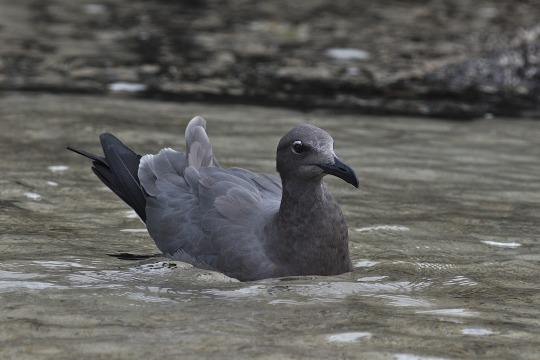
Lava gulls are the rarest gulls in the world and closely related to laughing and Franklin’s gull.
(Lava gull)
#photography#art#outdoors#nature#animals#digital art#wildlife#adventure#birds#outdoor#galapagosexpeditionann#galapagos#seabirds
2K notes
·
View notes
Text
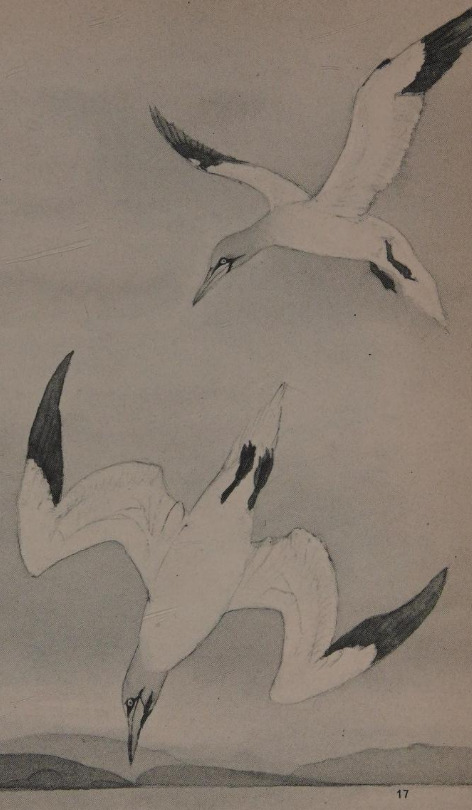
Drawing Birds. Written and illustrated by Maurice Wilson. Published in 1965.
Internet Archive
205 notes
·
View notes
Text

A crested auklet (Aethia cristatella) sits cliffside on St Paul Island, Alaska, USA
by Isaac Sanchez
#crested auklet#auks#seabirds#birds#aethia cristatella#aethia#alcidae#Charadriiformes#aves#chordata#wildlife: alaska#wildlife: usa#wildlife: north america
384 notes
·
View notes
Text

Surf Scoters
#birds#seabirds#original photography#nature#vancouver island#nature photography#pnw#birding#bird photography#birdwatching
246 notes
·
View notes
Text
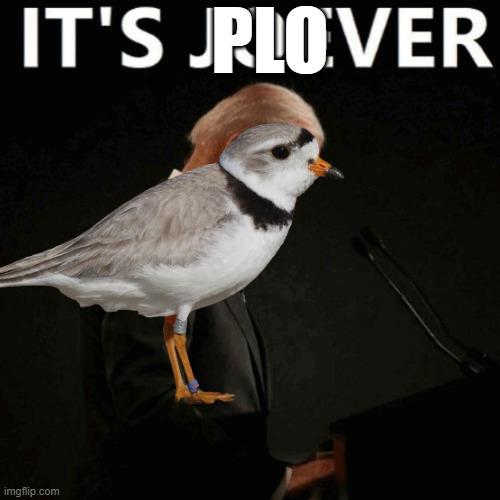
#inaturalist#naturalist#nature#ecology#zoology#biology#birds#bird#birdblr#birding#orinthology#hawk tourism#plover#plovers#seabirds
217 notes
·
View notes
Text


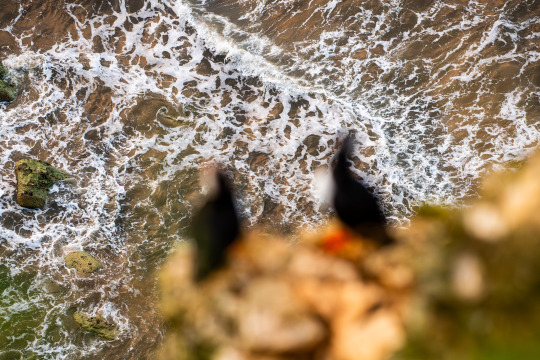
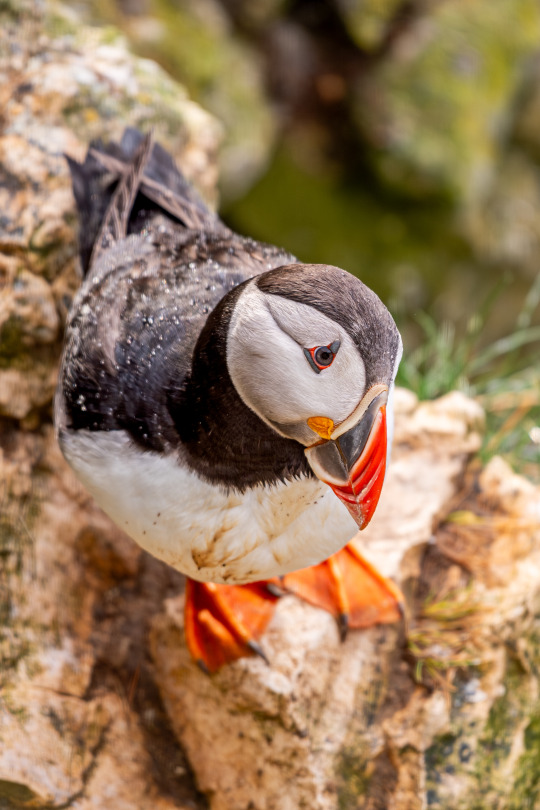

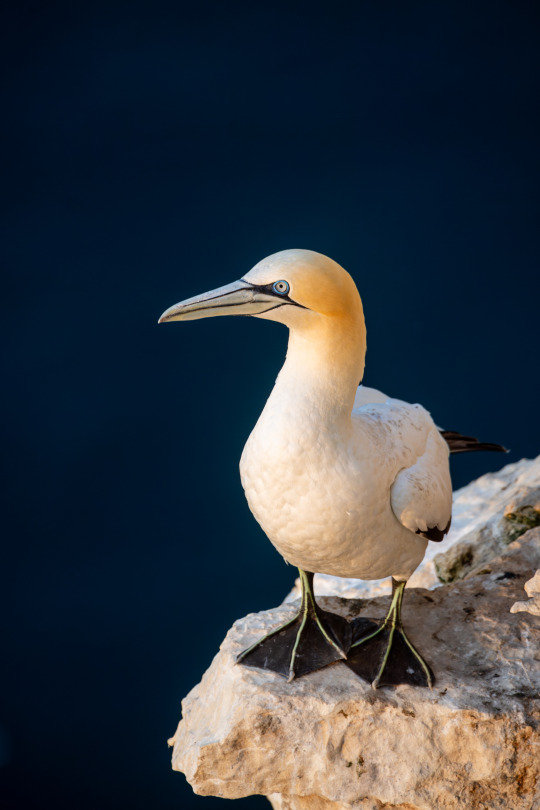

123 notes
·
View notes
Photo
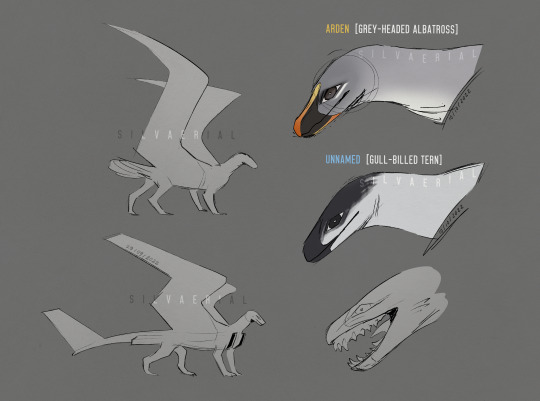
Here’s the creature form of Arden, and another oc based on another one of my favorite seabirds, the gull-billed tern! (which is also what my sona Aer is based on) and some other concepts i have for the world.
[These are all original characters and concepts I’m developing for my headworld Avian Engine.]
#arden#oc#original characters#seavian#avian engine#original art#digital art#creatures#birds#seabirds#seabird#creature#my art#this story is very plane and seabird focused because those are my hyperfixations#will get to design a lot more plane and mech stuff too so look out for that :]#and so many birds <3
337 notes
·
View notes
Text
"There’s something deeply comical about suggesting that seagulls are smart enough to wait for you to look away before stealing your french fries, but dumb enough to fly into wind turbine blades.
A two-year study on the interactions of several seabird species at an offshore wind farm found that not a single case of birdstrike was recorded over the study period or in the 10,000 videos taken.
Looking at herring gulls, gannets, kittiwakes, and great black-backed gulls, Swedish state wind company Vattenfall found that most of the birds maintained a 50 to 230-yard distance between themselves and the radius of the spinning turbines.
“This is the first time that any kind of bird species has been studied this closely and in detail at an offshore wind farm,” said study author Henrik Skov. “And these birds are really good at avoiding the turbines. Now we need studies on more varieties.”
The study was conducted on a wind farm consisting of 11 offshore turbines near Aberdeen, Scotland. It used radar surveys and mounted video cameras to gather data.
Why these seabirds avoided the turbines could be down to the individual species observed since other studies have shown seabirds tend to rank high in offshore wind turbine mortality, and of medium risk for land-based wind turbine mortality.
Skov also offered that it could be the turbines are, for one reason or another, outside of prominent flight corridors, and therefore aren’t where birds have historically flown either for migration and nesting purposes, or feeding.
The study is a big milestone in scientists’ attempts to learn how and where to build wind turbines so that they don’t interfere with birds’ flight patterns. If there is something in the data of this study or future observations that could reveal the secret as to why there was no mortality at the Aberdeen wind farm, it could mean that hundreds of thousands of birds could be saved in the future."
-Good News Network, 3/31/23
#wind farm#wind turbines#renewable energy#birds#migratory birds#seabirds#conservation#good news#hope
426 notes
·
View notes
Text

No one goes to Newfoundland for the weather. It's for the scenery!
#Newfoundland & Labrador#Atlantic Ocean#scenery#wildlife#springtime#rugged coastline#maritimes#seabirds#puffins#nature photography#Canada#Commonwealth#oldest colony
78 notes
·
View notes
Text

via Sailor's Maid
Lighthouses are so attractive 👌
245 notes
·
View notes
Text

The First Book of the Seashore. Written by Wyatt Blassingame. Illustrated by Fred Sweney. 1964.
Internet Archive
844 notes
·
View notes
Text
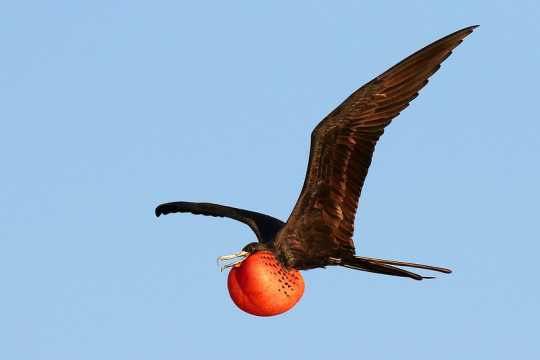
A male magnificent frigatebird (Fregata magnificens) shows off its gular sac midflight in St Petersberg, Florida, USA
by Dennis Adair
#magnificent frigatebird#frigatebirds#seabirds#birds#fregata magnificens#fregata#fregatidae#suliformes#aves#chordata#wildlife: florida#wildlife: usa#wildlife: north america
480 notes
·
View notes
Text
BOTD: Double-crested Cormorant

Photo: Colin Durfee
"This dark, long-bodied diving bird floats low in the water with its thin neck and bill raised; perches upright near water with wings half-spread to dry. The Double-crested (which rarely looks noticeably crested in the field) is the most generally distributed cormorant in North America, and the only one likely to be seen inland in most areas."
- Audubon Field Guide
#birds#double crested cormorant#birds of north america#north american birds#cormorants#diving birds#seabirds#birds of the us#birds of canada#birds of mexico#birds of the caribbean#birding#bird watching#birdblr#birblr#bird of the day#Nannopterum auritum
68 notes
·
View notes
Text
The Spectacle(d Cormorant) - an informative post about an underrated extinct bird

(Artwork by me. Halfly based on the artwork by Joseph Wolf.)
Just something out of the ordinary from before. I am getting tired from posting all those comics and stuff on here, so here's a repost of my depiction of one of my all-time favorite extinct birds - the life, the moment, the spectacle itself - the spectacled (or Pallas's) cormorant, as well as a bunch of facts about it below this because I care about this bird so much and will protect it with all my life if it still existed.
You may ask, why am I so into this nerdy-looking bird? It's not like it's THAT special or anything - we still have at least 40 other cormorant species alive on earth - 3 of them in the same genus as the spectacled cormorant.
The reason is simple - no one ever talks about it or even has an idea on what it is, even though humans were the sole cause of its extinction. (And believe it or not, cormorant culling IS still a thing, but that's a different story for now.)
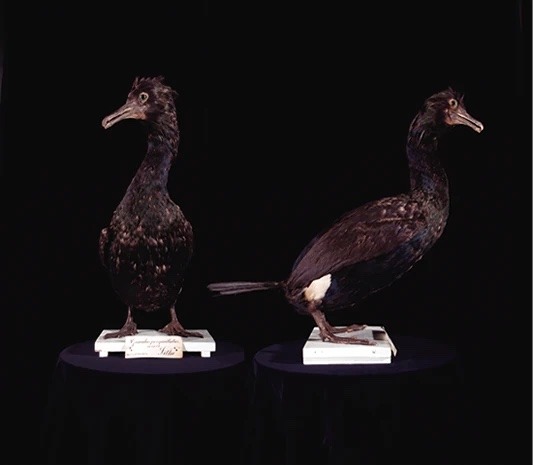
(Specimen kept at the Naturalis Biodiversity Center in Leiden, the Netherlands.)
Large, stupid, clumsy, ludicrous in looks. That was how others, including Georg Steller, the discoverer of the bird, described the spectacled cormorant. It was, perhaps, the largest of all cormorants known to exist, rivalling the Galápagos flightless cormorant in length, but was way heavier than the latter. Due to its large size, it was probably flightless, but studies of its wings have shown that it was more likely reluctant to do so due to its lack of natural predators (besides Arctic foxes) while residing in its former habitat - the Commander/Komandorski Islands in Kamchatka Krai of Russia. Occasionally, some of these birds would get lost and end up on the Kamchatka Peninsula, which led to its consumption by the locals.
However, it wasn't until the 1820s when their extinction was hastened. The Russian-American Company started to transfer Unangan (Aleut) people to the islands, and, to no surprise, they found this cormorant easy to hunt. As Steller said on his journey in 1741, the spectacled cormorant was also rather delicious, unlike most other cormorants. Along with how it was abundant on the Commander Islands, this was most likely the exact reason why the Unangan people consumed it whenever they could not catch enough fish to sell or feed their families.
That marked the end of the legacy of the spectacled cormorant. It vanished from the islands and the world in the 1850s, and was never heard from anyone ever again.
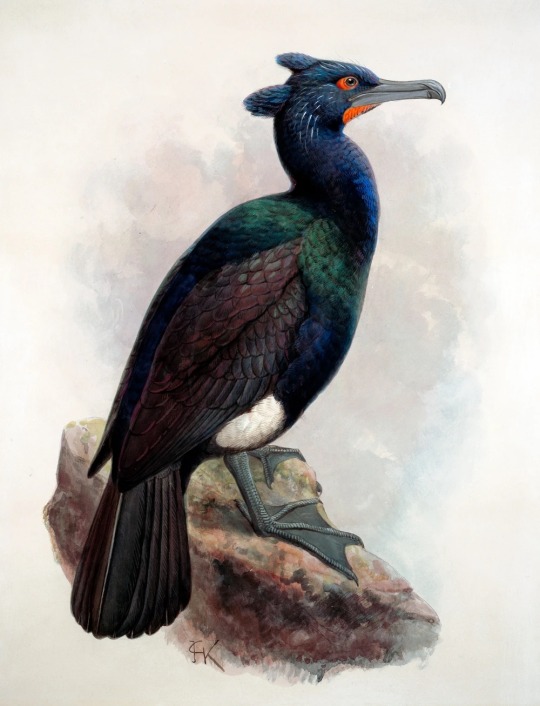
(Artwork by J. G. Keulemans.)
The reason why it might have been forgotten by man was probably due to there only being six known specimens of this bird collected (all apparently by the same person, Governor Kuprianof), and only one or two of those specimens are currently up for display in the whole world.
The spectacled cormorant died like the dodo, but unlike the dodo, it was quickly forgotten by the people who caused its rapid extinction. By the time we wanted to care about it, it was already gone.
170+ years have passed. People like me still remember this bird, wanting to do anything to bring it back to life, or just imagining it while it was still in its glory - plummeting into the cold seas to catch a mouthful of fish, as it clumsily swims back to the shore to dry its wings. A beautiful bird that met a rather depressing fate.
#extinct birds#bird art#spectacled cormorant#recently extinct#extinct animals#i can't draw backgrounds#extinction#lineless art#digital artwork#informative post#fact post#bird facts#cormorant#seabirds
240 notes
·
View notes
Text

Sula genus birds, or boobies, are defined by their long beaks (ideal for catching fish), sleek body (excellent for diving), and webbed feet (excellent propulsion underwater).
(Red-footed booby)
#photography#art#outdoors#nature#animals#digital art#wildlife#adventure#birds#outdoor#galapagos#galapagosexpeditionann#seabirds#booby
278 notes
·
View notes
Text
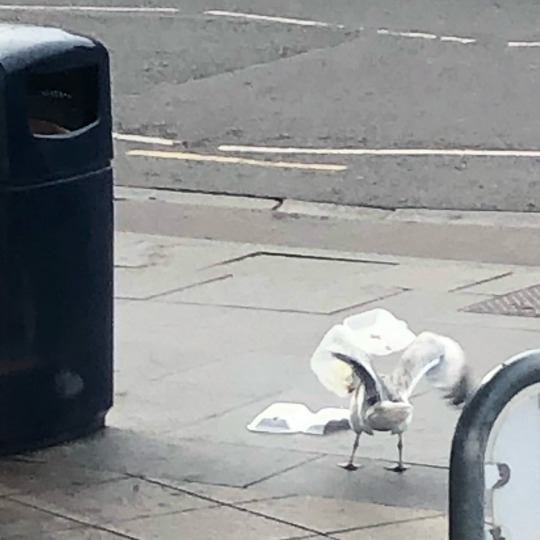


saw this very beautiful herring girl sticking its head into a bin trying to get something to eat (same me too).
Three times in a row it pulled a chip box out of there and tried to open it + spill its contents by flipping it up quickly with its beak, and three times in a row the box landed on its head… wish I managed to capture Silly Hat Gull in the moment but I tried to draw a likeness…..
151 notes
·
View notes